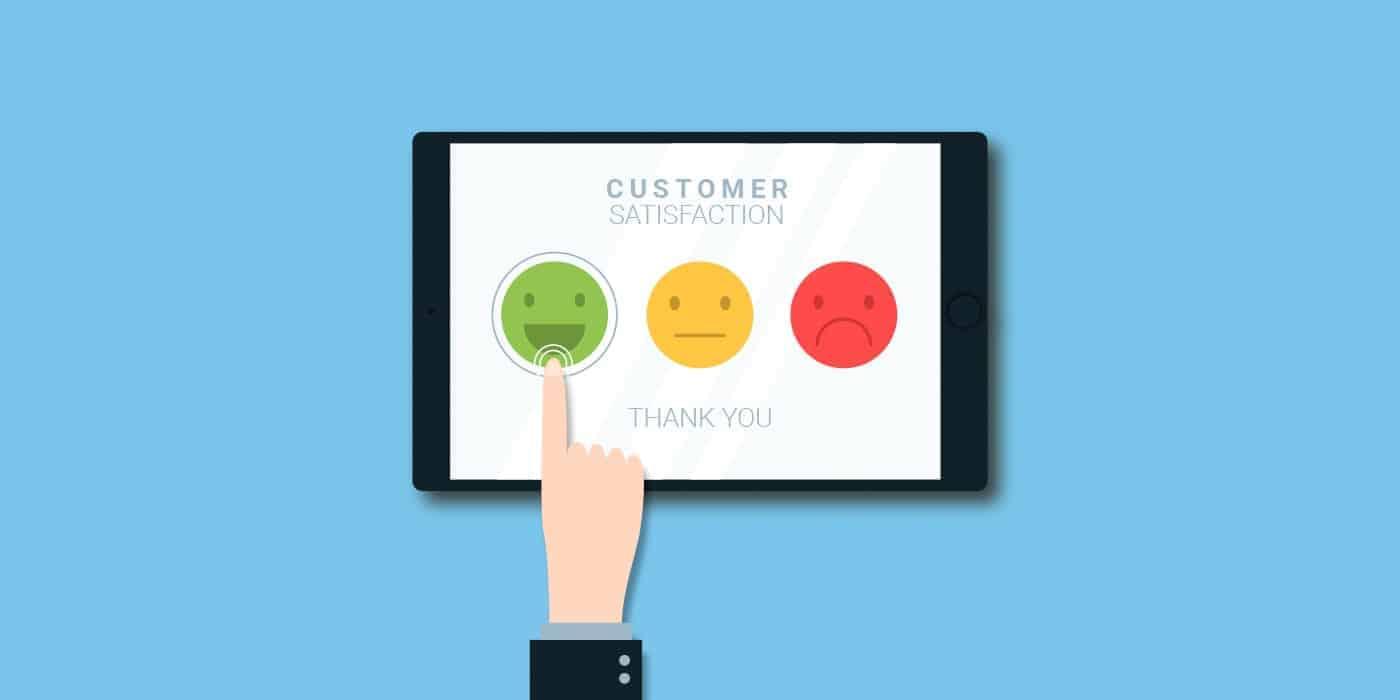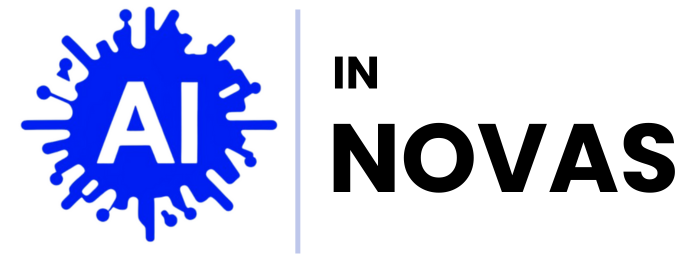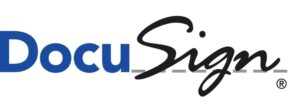In today’s fast-paced digital landscape, customer engagement has become a cornerstone of successful business strategies. With a plethora of tools available, brands are tasked with navigating the myriad options to find the solutions that best meet their unique needs. Among the most popular contenders in this realm are Intercom and Drift, both renowned for their innovative approaches to customer communication. While they share the common goal of enhancing user interactions, their methodologies, features, and overall user experiences differ significantly. In this article, we’ll delve into a comprehensive comparison of Intercom and Drift, exploring their strengths, weaknesses, and the contexts in which each shines. Whether you’re a start-up seeking your first customer engagement tool or an established enterprise weighing your options, our analysis will provide the clarity you need to make an informed decision. Join us as we unravel the intricacies of these two powerful platforms and discover which might be the right fit for your business.
Understanding the Core Features of Intercom and Drift
Intercom is recognized for its robust suite of features aimed at enhancing customer interactions and streamlining support processes. Its key components include:
- Live Chat: Enables real-time communication with users, ensuring timely responses to inquiries.
- Help Center: Provides an extensive knowledge base for customers to find answers independently.
- User Segmentation: Allows businesses to target specific user groups with personalized messaging based on behavior and demographics.
- Integration Capabilities: Seamlessly connects with numerous third-party applications, expanding its functionality.
On the other hand, Drift’s unique proposition lies in its focus on conversational marketing and workflow automation. Noteworthy features include:
- Conversational Bots: Automates lead qualification and booking meetings, reducing the need for manual follow-ups.
- Email & Chat Integration: Effortlessly merges chat conversations with email workflows to ensure consistent communication.
- Intent-Based Targeting: Engages users based on their behavior and intent, improving lead conversion rates.
- Analytics Dashboard: Provides insights into user interactions, helping businesses refine their engagement strategies.

Evaluating User Experience and Interface Design
Both Intercom and Drift excel in delivering a seamless user experience, yet their interface designs cater to different preferences and needs. Intercom focuses on a clean, modern aesthetics with an intuitive layout that makes navigation straightforward for users. This design philosophy encourages engagement by minimizing distractions and allowing users to quickly access key features. Key attributes of Intercom’s design include:
- Minimalist Design: Reduces clutter and enhances usability.
- Contextual Help: Provides tooltips and guidance throughout the interface.
- Customizable Elements: Users can personalize their dashboard to suit their workflow.
In contrast, Drift presents a more vibrant and dynamic interface that emphasizes conversational marketing. Its design is imbued with playful elements that can invigorate user interaction, although it might overwhelm users who prefer a more restrained approach. Drift’s key design features include:
- Bold Color Palette: Engages users visually and makes the application memorable.
- Integrated Chat Features: Facilitates instant communication, enhancing the user experience.
- Real-Time Notifications: Keeps users informed of important activities instantly.

Measuring Effectiveness: Metrics and Customer Feedback
When evaluating the effectiveness of customer engagement tools like Intercom and Drift, organizations must rely on a variety of metrics and customer feedback. Among the key performance indicators (KPIs) are:
- Response Time: How quickly inquiries are answered by customer support.
- Customer Satisfaction Score (CSAT): Metrics gathered via surveys immediately following customer interaction.
- Net Promoter Score (NPS): Measure of customer loyalty and the likelihood of recommending the service to others.
- Engagement Rate: The percentage of users interacting with the chat feature compared to total visitors.
Additionally, qualitative feedback plays a crucial role in understanding user experiences with both platforms. Tools should provide avenues for users to share their thoughts directly. This feedback can be analyzed to uncover trends and gaps in performance. Here’s a summary of common feedback themes:
| Tool | Positive Feedback | Areas for Improvement |
|---|---|---|
| Intercom | Intuitive interface; robust features | Higher pricing model compared to competitors |
| Drift | Seamless integration; excellent user support | Limited customization options |

Making the Right Choice: Recommendations Based on Business Needs
When considering customer engagement tools, it’s essential to align features with your business objectives. If you prioritize in-depth analytics and multi-channel communication, Intercom might be the suitable option. Its robust analytics dashboard and powerful CRM capabilities can provide detailed insights into customer behavior, allowing for personalized engagements based on user activity. In contrast, if your focus lies heavily on automation and ease of use, Drift could serve you better. With its conversational marketing features and user-friendly interface, Drift simplifies the process of qualifying leads and engaging potential clients immediately, ensuring no opportunity slips through the cracks.
Your decision should also consider the scale of your operations. For small to medium-sized businesses looking to enhance customer service without overwhelming team members, both platforms offer tailored pricing plans:
| Tool | Best For | Key Features |
|---|---|---|
| Intercom | Businesses wanting deep insights |
|
| Drift | Conversational marketing |
|
Ultimately, the right choice hinges on understanding your company’s current requirements, team structure, and growth aspirations. While Intercom offers comprehensive analytics suitable for larger enterprises aiming for intricate engagement strategies, Drift stands out for businesses seeking immediate customer interaction and conversion through seamless, chat-based experiences.
In Retrospect
In the ever-evolving landscape of customer engagement, both Intercom and Drift offer robust solutions designed to enhance user experience and foster meaningful interactions. As we journeyed through the unique features, functionalities, and pricing of these two platforms, it has become clear that choosing the right tool hinges on your specific business needs and goals.
While Intercom shines with its in-depth analytics and multi-channel capabilities, Drift captivates with its focus on conversational marketing and lead generation. Whether you prioritize personalized messaging, seamless integration, or ease of use, both tools bring something valuable to the table.
Ultimately, the decision between Intercom and Drift isn’t merely about features—it’s about aligning your choice with your company’s mission and customer engagement strategy. As you weigh your options, consider how each platform can amplify your customer relationships, drive growth, and redefine the way you connect with your audience. In a world where engagement is key, the right tool might just be the catalyst for your next big breakthrough. Choose wisely, and may your customer interactions be ever more enriching.





Pingback: Canva vs. Fotor: Which is Better for Photographers? - AI in Novas
Pingback: Intercom vs. Freshdesk: Finding the Best Solution for Your Business - AI in Novas
Pingback: Intercom vs. Zendesk: Which Customer Support Platform is Right for You? - AI in Novas
Pingback: Salesforce vs. Pipedrive: Finding the Best Sales Tool - AI in Novas
Pingback: Intercom vs. Help Scout: Which Offers Better Customer Service Features? - AI in Novas
Pingback: Intercom vs. LiveChat: A Look at Pricing and Functionality - AI in Novas
Pingback: Intercom vs. Zendesk: Which Customer Support Tool Fits Your Business? - AI in Novas
Pingback: Drift vs. Intercom: Which Platform Excels in Sales Automation? - AI in Novas
Pingback: Help Scout vs. Zendesk: Evaluating Customer Support Solutions - AI in Novas